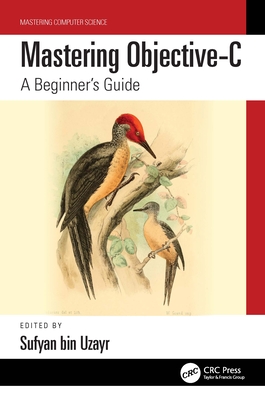
A Practical Guide to Using Glycomics Databases
分子生物学
¥
2036.25
售 价:
¥
1629.00
优惠
平台大促 低至8折优惠
发货周期:外国库房发货,通常付款后3-5周到货
出版时间
2018年07月07日
装 帧
页 码
370
语 种
英文
综合评分
暂无评分
- 图书详情
- 目次
- 买家须知
- 书评(0)
- 权威书评(0)
图书简介
This book provides glycoscientists with a handbook of useful databases that can be applied to glycoscience research. Although many databases are now publicly available, one of the hurdles for their users is the learning curve required to effectively utilize those databases. Therefore, this book not only describes the existing databases, but also provides tips on how to obtain the target data. That is, because many databases provide a variety of data that could be obtained from different perspectives, each chapter provides users with potential biological questions that can be answered by a particular database and step-by-step instructions, with figures, on how to obtain that data. Troubleshooting tips are also provided to aid users encountering problems that can be predicted when using these databases. Moreover, contact information for each database is provided in case unexpected issues arise.
本书暂无推荐
本书暂无推荐













